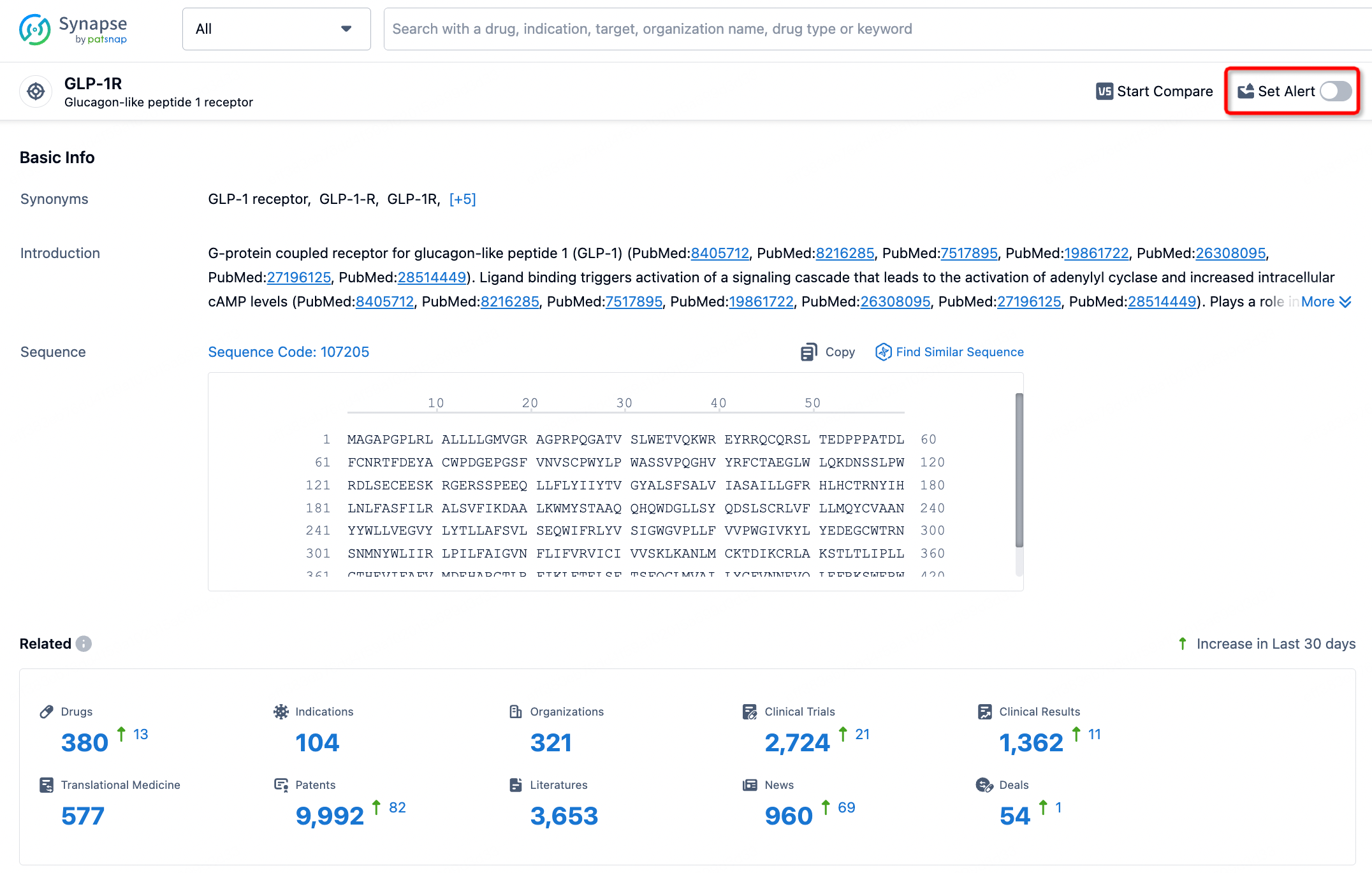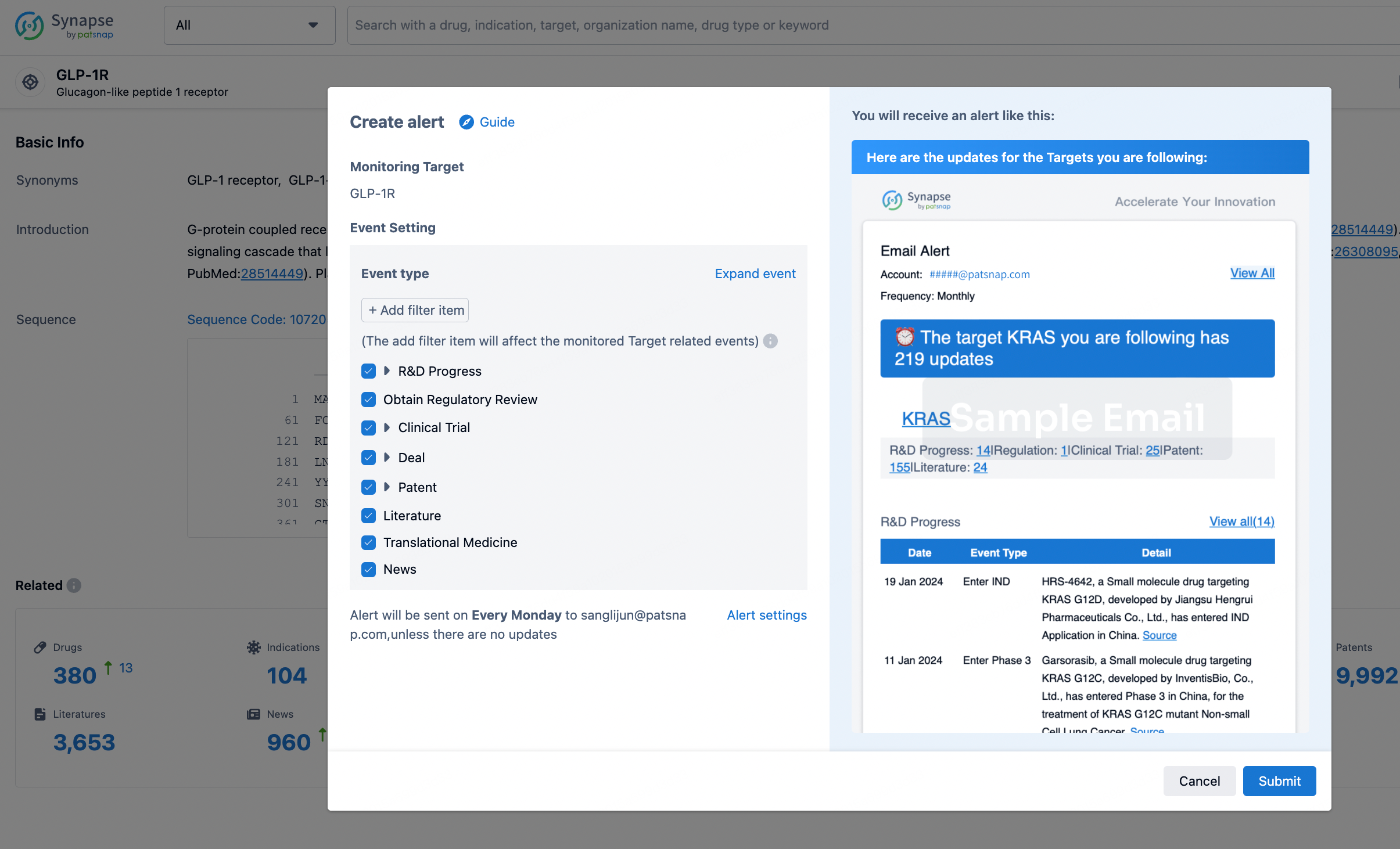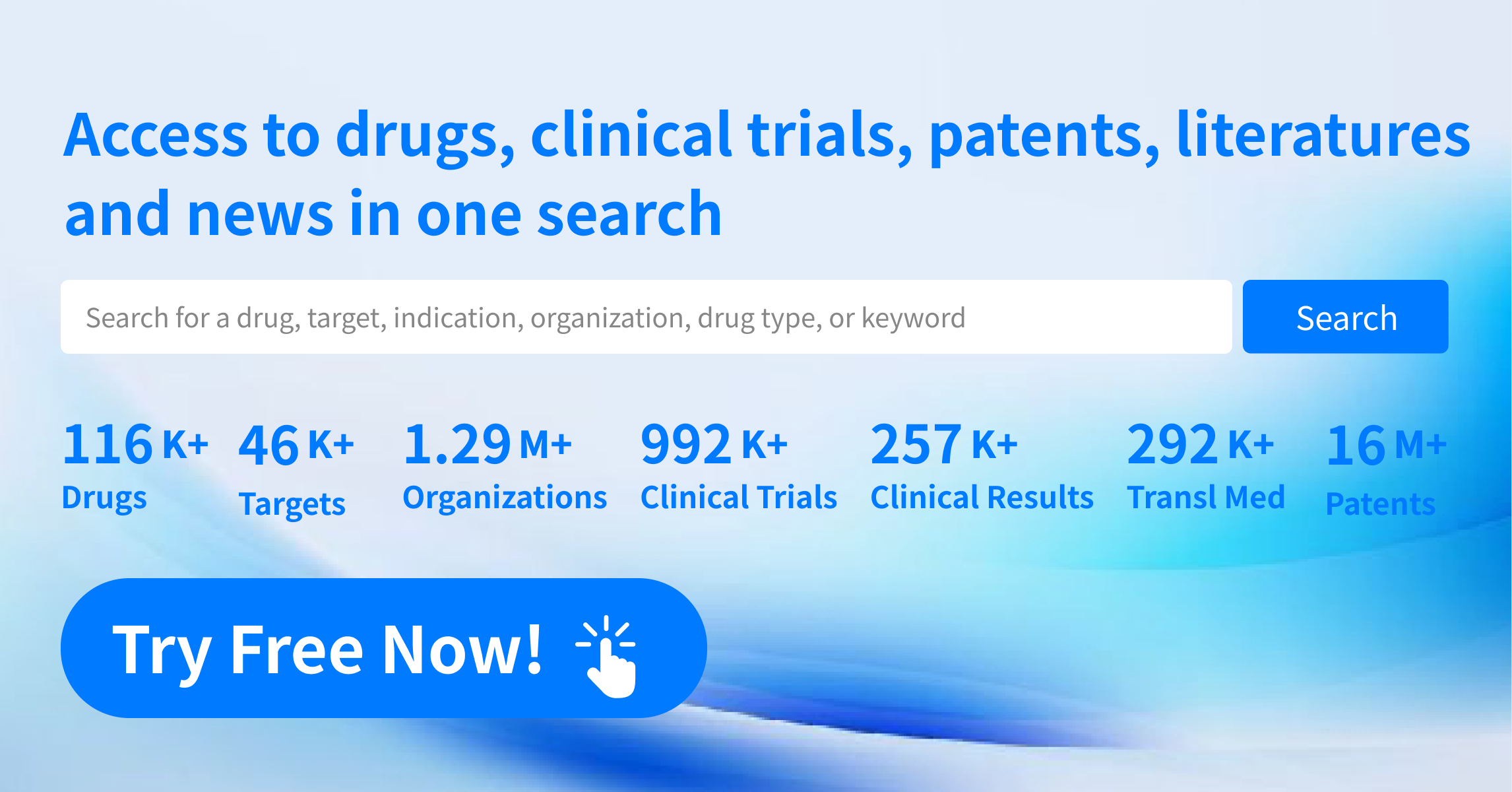Request Demo
What are TACC3 inhibitors and how do they work?
21 June 2024
Introduction to TACC3 inhibitors
Transformed Acidic Coiled-Coil Containing Protein 3, or TACC3, is a fascinating protein that has garnered significant interest in the world of medical research. This protein plays a crucial role in cell division and stability, particularly during the process of mitosis. Given its central role in these essential cellular processes, TACC3 has become a target for novel therapeutic strategies designed to combat various diseases, particularly cancer. TACC3 inhibitors are a class of drugs designed to interfere with the expression or function of this protein, thus opening up new avenues for treating conditions that are characterized by abnormal cell division and proliferation.
How do TACC3 inhibitors work?
To understand how TACC3 inhibitors work, it is essential to delve a bit deeper into the cellular functions of TACC3. The protein is primarily involved in the stabilization of microtubules during mitosis. Microtubules are structural components of the cell that help in chromosome segregation and the overall integrity of the cell during division. TACC3 interacts with other proteins like ch-TOG and clathrin to ensure that microtubules are correctly formed and stabilized.
When TACC3 is overexpressed, as in many cancer cells, it can lead to aberrant mitosis, resulting in uncontrolled cell proliferation. TACC3 inhibitors are designed to either block the expression of TACC3 or inhibit its function, thereby disrupting the mitotic process in cancer cells. By destabilizing microtubules, these inhibitors essentially cause the cancer cells to undergo apoptosis, or programmed cell death, as they cannot successfully complete cell division.
One of the key mechanisms of TACC3 inhibitors is their ability to interfere with the TACC3-ch-TOG-clathrin complex. By disrupting this complex, the inhibitors prevent the stabilization of spindle microtubules, which is essential for mitosis. This disruption leads to mitotic arrest and eventually cell death, making TACC3 inhibitors a potent tool in the fight against cancers characterized by high levels of TACC3 expression.
What are TACC3 inhibitors used for?
The primary application of TACC3 inhibitors is in the field of oncology. Numerous studies have shown that TACC3 is overexpressed in a variety of cancers, including breast cancer, ovarian cancer, and glioblastoma. This overexpression is often correlated with poor prognosis and increased resistance to conventional therapies. By targeting TACC3, these inhibitors offer a promising new approach to cancer treatment.
In preclinical studies, TACC3 inhibitors have demonstrated efficacy in reducing tumor growth and improving survival rates. For instance, experimental models of breast cancer treated with TACC3 inhibitors showed significant reduction in tumor size and enhanced sensitivity to other chemotherapy agents. Similar results have been observed in studies involving ovarian cancer and glioblastoma, indicating the broad potential of these inhibitors across different cancer types.
Beyond cancer, there is also emerging interest in exploring the role of TACC3 inhibitors in other diseases characterized by abnormal cell proliferation. For instance, certain types of chronic inflammatory conditions and fibrosis could potentially benefit from therapies targeting TACC3, although this area of research is still in its early stages.
It is also worth noting that the development of TACC3 inhibitors is not without challenges. One of the primary concerns is the potential for off-target effects, given the essential role of TACC3 in normal cell division. Researchers are actively working on strategies to enhance the specificity of these inhibitors, thereby minimizing potential side effects.
In summary, TACC3 inhibitors represent a promising frontier in the treatment of cancers and potentially other diseases characterized by abnormal cell growth. By specifically targeting a protein that plays a critical role in cell division, these inhibitors offer a novel mechanism of action that could complement existing therapies and improve outcomes for patients. As research continues to advance, we can expect to see the development of more refined and effective TACC3 inhibitors, bringing us closer to more targeted and personalized treatment options.
Transformed Acidic Coiled-Coil Containing Protein 3, or TACC3, is a fascinating protein that has garnered significant interest in the world of medical research. This protein plays a crucial role in cell division and stability, particularly during the process of mitosis. Given its central role in these essential cellular processes, TACC3 has become a target for novel therapeutic strategies designed to combat various diseases, particularly cancer. TACC3 inhibitors are a class of drugs designed to interfere with the expression or function of this protein, thus opening up new avenues for treating conditions that are characterized by abnormal cell division and proliferation.
How do TACC3 inhibitors work?
To understand how TACC3 inhibitors work, it is essential to delve a bit deeper into the cellular functions of TACC3. The protein is primarily involved in the stabilization of microtubules during mitosis. Microtubules are structural components of the cell that help in chromosome segregation and the overall integrity of the cell during division. TACC3 interacts with other proteins like ch-TOG and clathrin to ensure that microtubules are correctly formed and stabilized.
When TACC3 is overexpressed, as in many cancer cells, it can lead to aberrant mitosis, resulting in uncontrolled cell proliferation. TACC3 inhibitors are designed to either block the expression of TACC3 or inhibit its function, thereby disrupting the mitotic process in cancer cells. By destabilizing microtubules, these inhibitors essentially cause the cancer cells to undergo apoptosis, or programmed cell death, as they cannot successfully complete cell division.
One of the key mechanisms of TACC3 inhibitors is their ability to interfere with the TACC3-ch-TOG-clathrin complex. By disrupting this complex, the inhibitors prevent the stabilization of spindle microtubules, which is essential for mitosis. This disruption leads to mitotic arrest and eventually cell death, making TACC3 inhibitors a potent tool in the fight against cancers characterized by high levels of TACC3 expression.
What are TACC3 inhibitors used for?
The primary application of TACC3 inhibitors is in the field of oncology. Numerous studies have shown that TACC3 is overexpressed in a variety of cancers, including breast cancer, ovarian cancer, and glioblastoma. This overexpression is often correlated with poor prognosis and increased resistance to conventional therapies. By targeting TACC3, these inhibitors offer a promising new approach to cancer treatment.
In preclinical studies, TACC3 inhibitors have demonstrated efficacy in reducing tumor growth and improving survival rates. For instance, experimental models of breast cancer treated with TACC3 inhibitors showed significant reduction in tumor size and enhanced sensitivity to other chemotherapy agents. Similar results have been observed in studies involving ovarian cancer and glioblastoma, indicating the broad potential of these inhibitors across different cancer types.
Beyond cancer, there is also emerging interest in exploring the role of TACC3 inhibitors in other diseases characterized by abnormal cell proliferation. For instance, certain types of chronic inflammatory conditions and fibrosis could potentially benefit from therapies targeting TACC3, although this area of research is still in its early stages.
It is also worth noting that the development of TACC3 inhibitors is not without challenges. One of the primary concerns is the potential for off-target effects, given the essential role of TACC3 in normal cell division. Researchers are actively working on strategies to enhance the specificity of these inhibitors, thereby minimizing potential side effects.
In summary, TACC3 inhibitors represent a promising frontier in the treatment of cancers and potentially other diseases characterized by abnormal cell growth. By specifically targeting a protein that plays a critical role in cell division, these inhibitors offer a novel mechanism of action that could complement existing therapies and improve outcomes for patients. As research continues to advance, we can expect to see the development of more refined and effective TACC3 inhibitors, bringing us closer to more targeted and personalized treatment options.
How to obtain the latest development progress of all targets?
In the Synapse database, you can stay updated on the latest research and development advances of all targets. This service is accessible anytime and anywhere, with updates available daily or weekly. Use the "Set Alert" function to stay informed. Click on the image below to embark on a brand new journey of drug discovery!
AI Agents Built for Biopharma Breakthroughs
Accelerate discovery. Empower decisions. Transform outcomes.
Get started for free today!
Accelerate Strategic R&D decision making with Synapse, PatSnap’s AI-powered Connected Innovation Intelligence Platform Built for Life Sciences Professionals.
Start your data trial now!
Synapse data is also accessible to external entities via APIs or data packages. Empower better decisions with the latest in pharmaceutical intelligence.


